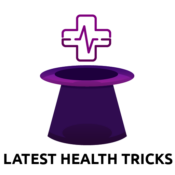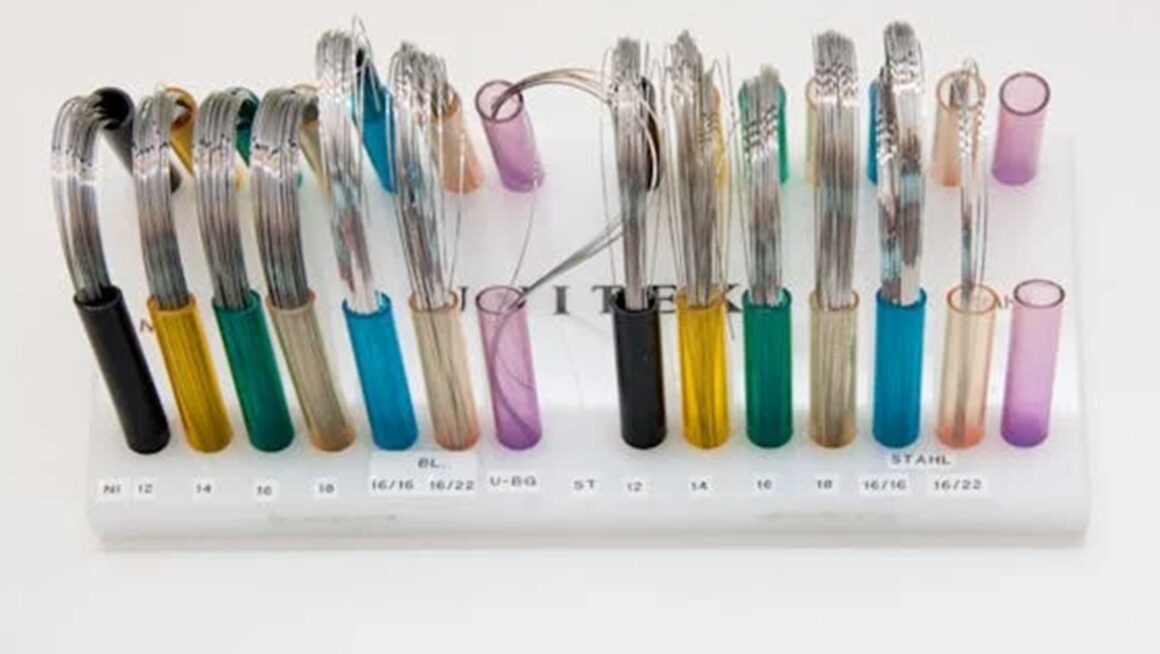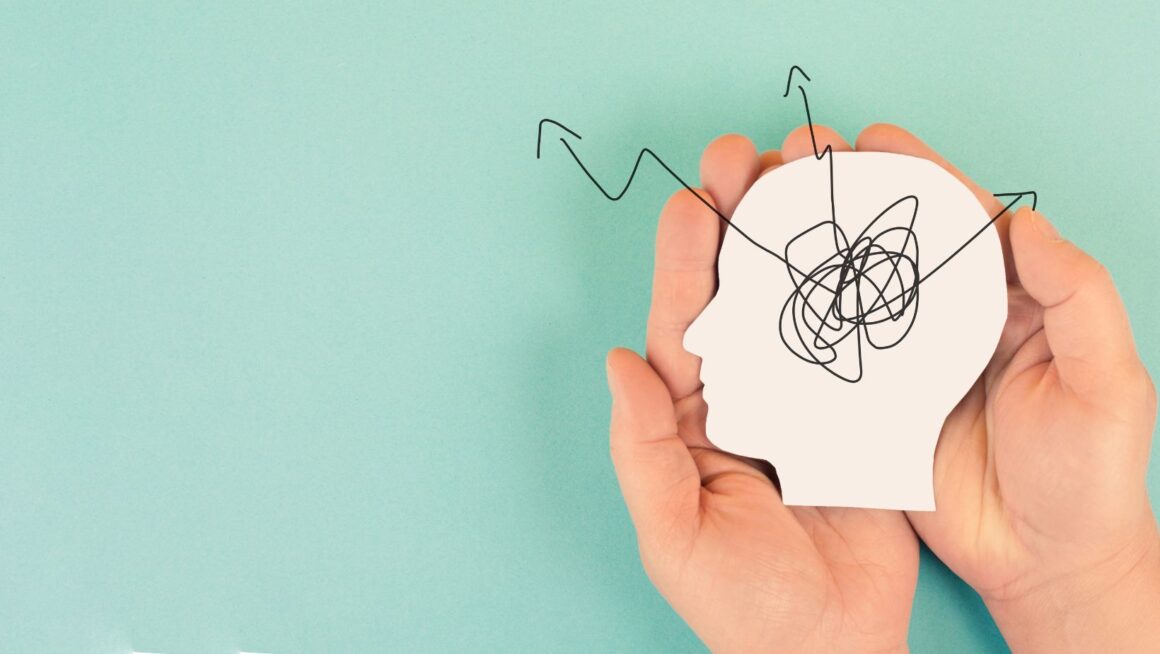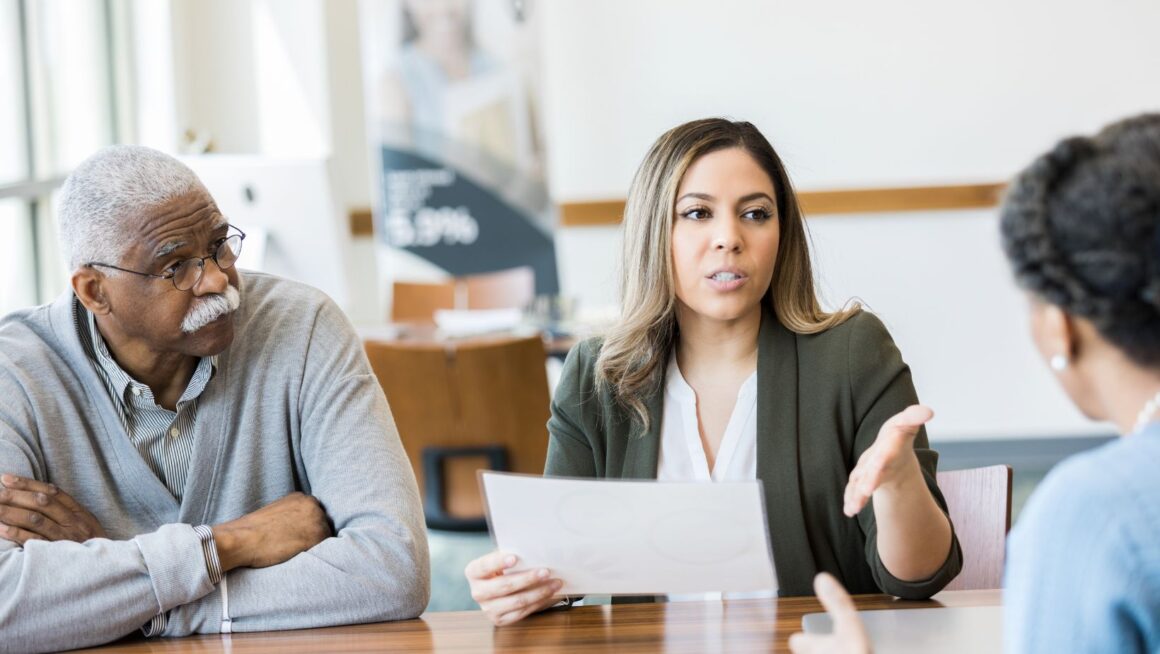Medical coding is a highly important part of ensuring that providers are paid for the services they render to patients. However, with many codes being similar and seemingly representing the same tasks, it can be difficult to ensure that the correct billing codes have been used.
This task can become especially murky when billing for holistic medical procedures, often known as Holbie (Holistic Billing Services). If there are questions about the procedure itself, some insurance companies have denied payment for holistic procedures during the ensuing debates. However, the questions can be answered in a timely fashion by addressing the coding in the proper manner.
The first stage of acupuncture therapy, which is represented by CPT code 97810, consists of a 15-minute in-person interaction between the patient and a healthcare professional. During this period, per the 97810 cpt code description, the provider punctures the skin at particular anatomical sites using tiny, solid, metallic, single-use needles.
This code serves to record the patient’s first evaluation and treatment, which may involve assessing the patient’s condition, choosing the right acupuncture sites, and inserting and manipulating the needle. Because it lays the foundation for later treatments and is necessary for proper billing and payment for acupuncture services, this code is clinically significant.
Qualifying Situations
Under certain conditions, the CPT code 97810 can be used. It ought to be reported when the first acupuncture treatment is administered by a provider who works one-on-one with the patient for fifteen minutes without the use of electricity.
Since this code includes the whole initial assistance, and including patient examination, setup, and treatment, it is crucial to remember that only one beginning acupuncture code may be submitted per patient on a particular day of service. Due to their reciprocal exclusion, it is inappropriate to use this code in conjunction with electrical stimulation codes (CPT 97813 and +97814) during the same 15-minute increment.
Furthermore, if there is no direct patient contact during the therapy or if the session lasts less than fifteen minutes, it cannot be recorded.
When CPT 97810 Should Be Used
During the first acupuncture session, CPT code 97810 is used when the initial 15 minutes of acupuncture are done without electrical stimulation, as is creating a treatment plan. The time spent in person with the patient must be recorded since the code is dependent on this face-to-face interaction rather than how long the needles are in place.
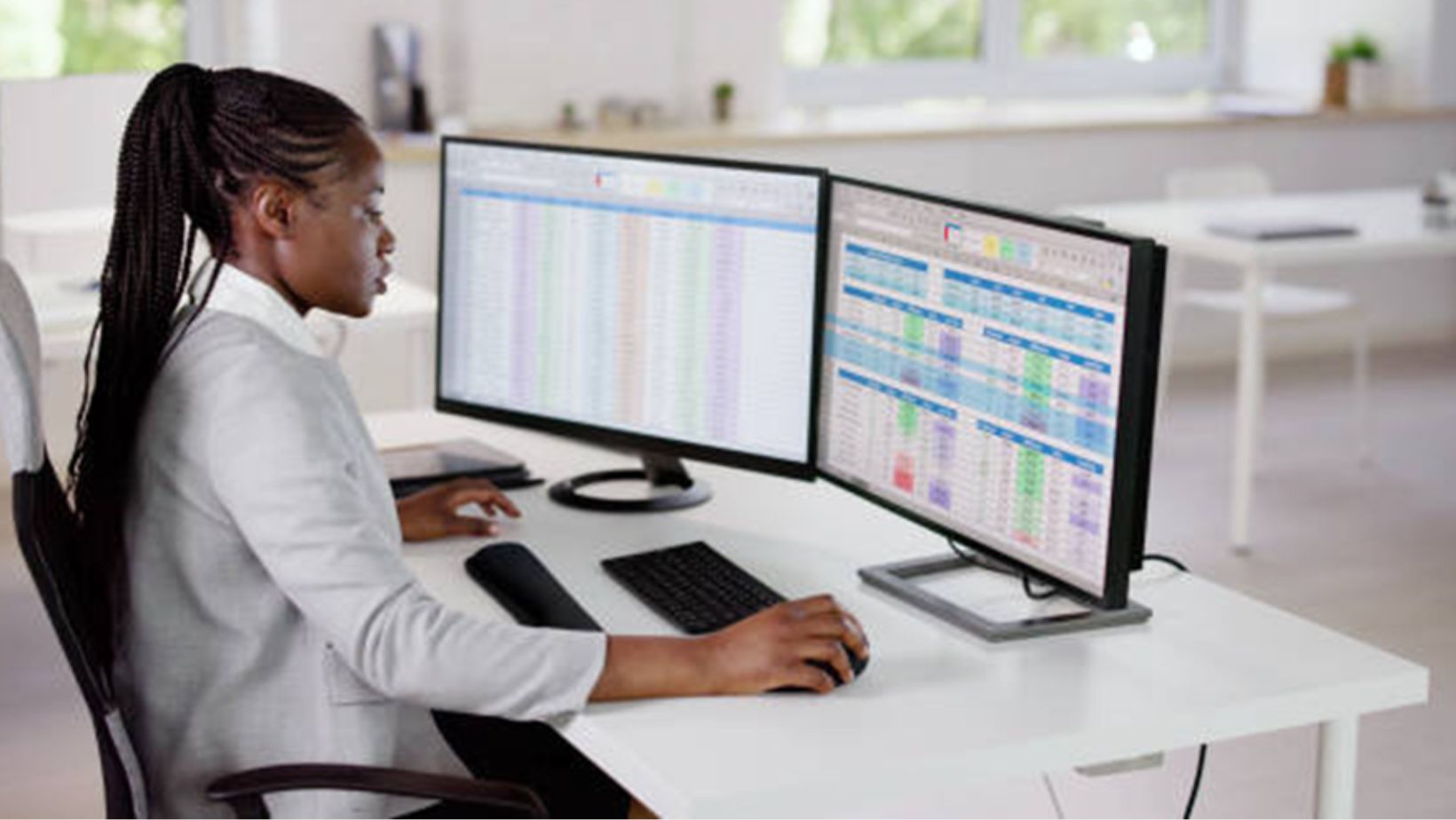
Providers need to use caution when reporting this code within the same time period as electrical stimulation codes. Depending on if manual or electromagnetic stimulation is used, caregivers can use +97811 or +97814 for follow-up treatments; nevertheless, these codes should represent extra 15-minute treatment increments.
Acupuncture (Acupuncture | Johns Hopkins Medicine), one or more needles, no electronic stimulation, and the first fifteen minutes of one-on-one patient contact are the official descriptions of CPT 97810.
CPT code 97810 for clinical applications is used in clinical contexts when acupuncture is employed as a medicine. Patients seeking treatment from a variety of problems, such as chronic pain and nausea, will find the process to be important.
The clinician can evaluate the patient’s requirements, build rapport, and start therapy during the first 15 minutes of interaction. In order to ensure proper payment for services performed and to document the provider’s efforts in providing individualized care, this code is essential. This code’s clinical use highlights how crucial patient-provider connection is to the healing process.
The Obligations of Providers
The provider is in charge of a number of crucial tasks during the procedure linked to CPT code 97810 (https://www.cms.gov/files/document/code-sets.pdf). In order to choose the best acupuncture sites for therapy, the physician first assesses the patient’s condition.
The supplier then cautiously places one or more firm, iron needles entering the skin around the designated locations, guaranteeing a precise insertion. The needles are then manually stimulated by the physician, who may need to modify their depth or location to maximize therapeutic results.
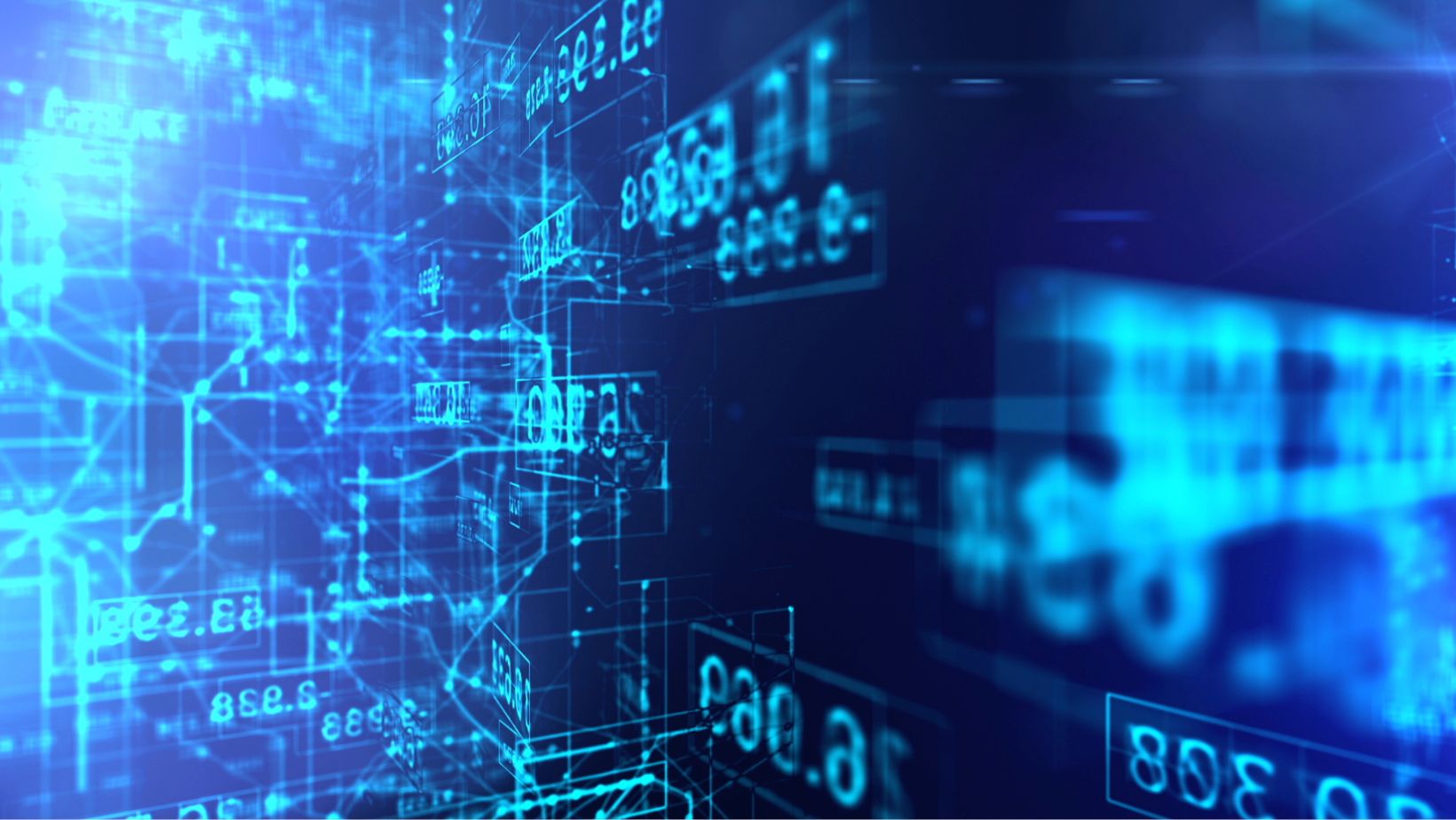
The practitioner keeps an eye on the patient’s reaction and comfort level during the 15-minute session, modifying the treatment approach as needed. Following the initial interaction, the physician may let the patient rest while still being accessible to give any additional support or modifications that may be required.
Particular Difficulties
Despite being typically safe, acupuncture treatment has special difficulties that practitioners must deal with. One difficulty is making sure the patient is comfortable when the needle is being inserted since some people get nervous or uneasy just thinking about needles.
In order to allay patients’ worries, providers must interact with them effectively and outline the advantages of the therapy. Furthermore, the physician has to be adept at locating the right acupuncture points because incorrect insertion might result in negative side effects or unsuccessful therapy.
Individual responses to acupuncture might differ greatly, therefore it’s also crucial to keep an eye on the patient’s progress during the session. During therapy, providers need to be ready to handle any unforeseen responses or difficulties.
